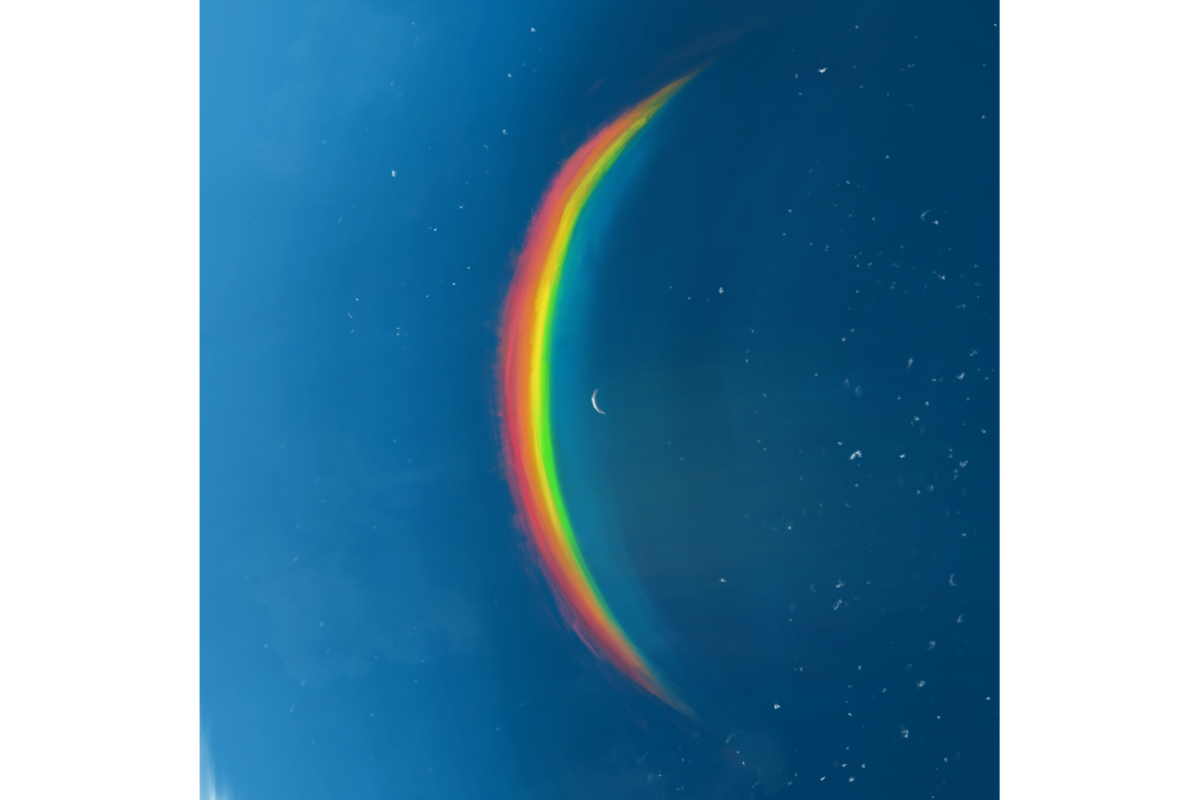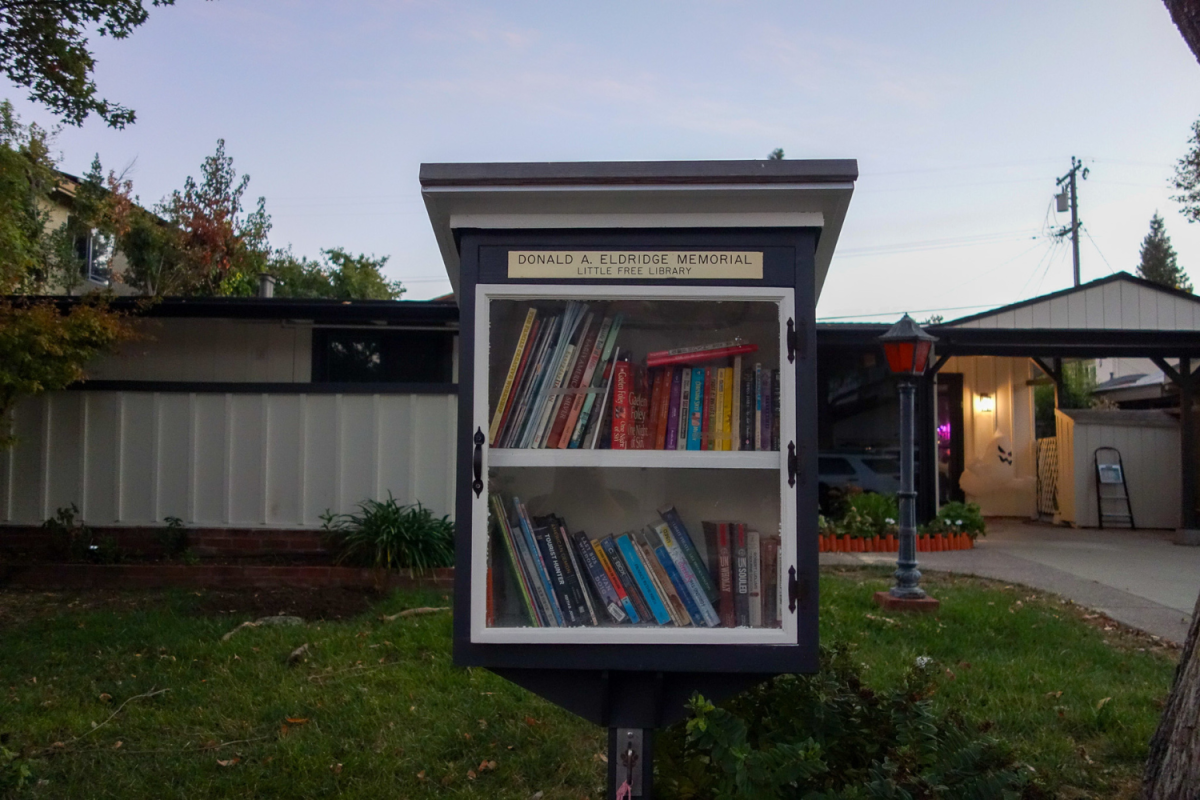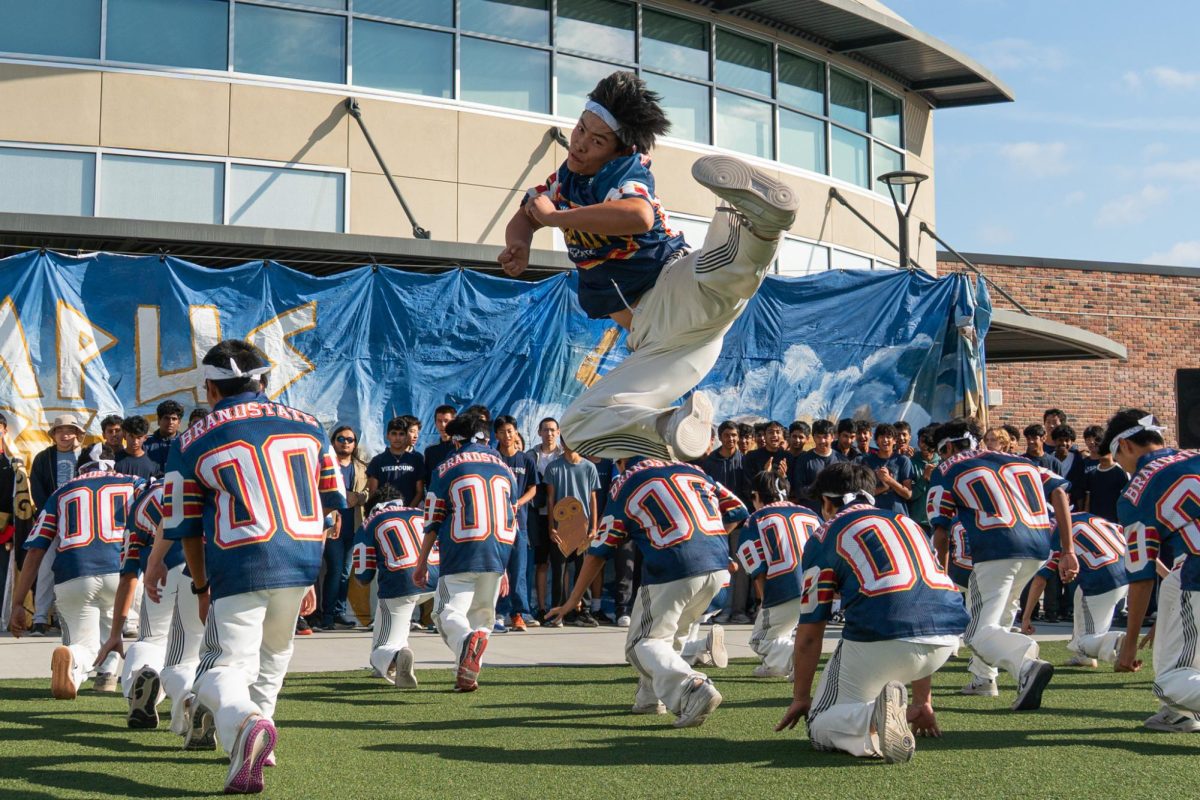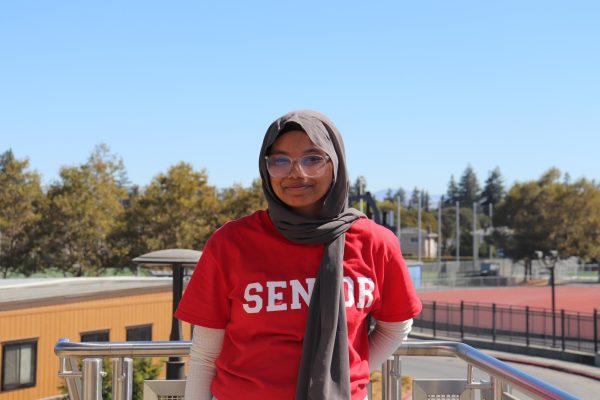Every year, as the end of October nears and Halloween rolls around, Americans prepare their trick-or-treating bags and costumes for the nighttime. All are ready to collect candy and enjoy the night with friends and family. While the sight of jack-o’-lanterns and Walk of Frights serve as a reminder of Halloween here in the United States, that is not always the case worldwide. From Dracula’s castle in Romania to sugar skulls in Mexico,there are many diverse and unique ways this time of the year is celebrated across the globe.
Widely celebrated in Mexico is Día de los Muertos, or Day of the Dead, where friends and family gather together to remember and honor loved ones who have passed. Though there have been debates about the holiday’s origin among Mexican academics, the nation has noted being of native origin. Some symbols associated with the holiday include Calaveras, which typically refers to a decorative skull made of sugar or clay, and Marigold flowers, also known as cempazúchitl. Such symbols can be found in family ofrendas: altars built in homes filled with pictures of deceased loved ones and their favorite foods and beverages. These are meant to encourage their souls to visit and hear the prayers sent upon them. The holiday is also not without its traditional dishes, such as Pan de Muerto, which is eaten by those celebrating the holiday and left for the dead.
“I would say my favorite tradition is preparing the ofrenda or the altar,” Spanish teacher Michael Esquivel said. “In a way it makes me feel closer to the people that I’m preparing it for because I’m putting up a picture and an item that belonged to that person there, and it makes me feel closer to them.”
In Italy, although the Halloween tradition of trick-or-treating has gained popularity primarily due to students studying abroad in the 1980s and 90s who brought American customs with them, the traditional national holiday is La Festa di Ognissanti, or All Saints’ Day, celebrated on Nov. 1. On this day, respects are paid to the saints recognized by the Catholic Church. There is typically a feast to celebrate this day, and gifts are exchanged with the family.
Following this day is Giorni dei Morti, or All Soul’s Day, on Nov. 2. On this day, many mourn and remember loved ones who have passed on, often by visiting their family graves with flowers.
“The whole concept is just being together,” social studies and English teacher Luca Signore said.
Many consider the birthplace of modern Halloween to be Ireland, which celebrates Samhain. Similar to the celebration of Día de los Muertos in Mexico, Samhain is a time when spirits are believed to return to the land of the living. This holiday was first mentioned in early Irish literature dating back to the 9th century. The festival marked the end of the harvest season and the beginning of winter, a time often associated with the ideas of death and rebirth. Many believed burial mounds served as portals to the spirit world. Fires were lit to ward off harmful spirits, and offerings were made to ensure a safe passage through the darker half of the year. To this day, many of these traditions still serve an important role in Ireland’s Halloween celebrations.
Over in Romania is the region of Transylvania, famously known in pop culture for being the home of Dracula. However, even before the novel Dracula was brought into mainstream light, Transylvania had been shrouded in its legends of the undead, also known as Strigoi. In Romanian mythology, these beings are said to have different abilities, such as being able to transform into an animal, become invisible and more. However, nowadays, a Halloween party takes place in Bran Castle, which is also regarded as Dracula’s castle.
As the spooky season comes to a close, cultures are connected through shared moments of reflection, remembrance and fun. This time of year highlights the bridging of the gap between the living and the dead. From jack-o’-lanterns to cempazúchitls, the symbols may differ, but the sentiment of honoring the past and celebrating the present resonates everywhere.




































































